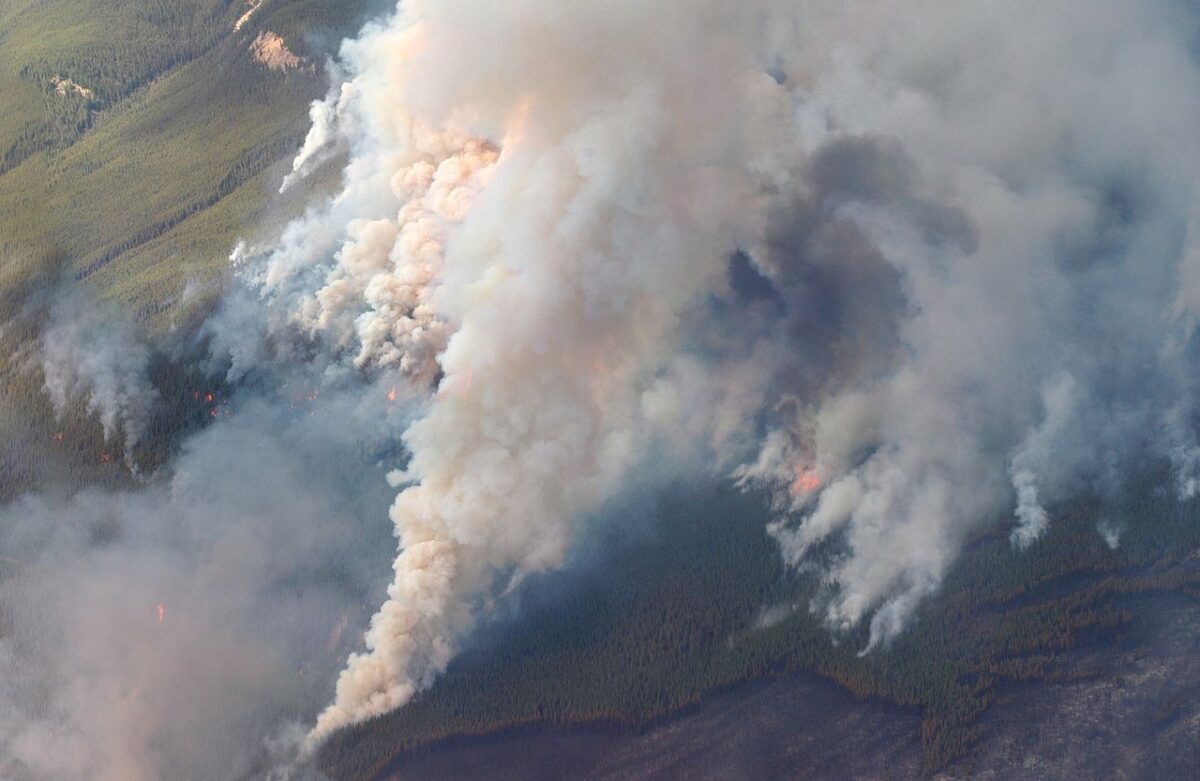Canada has launched its first-ever national strategy that has been created to address issues such as increased flooding, wildfires, and melting permafrost. The strategy aims to help communities adapt themselves to the severe weather conditions that are arising due to climate change. The severity of climate impacts has been highlighted by the Environment Minister, Steven Guilbeault. One such event is the chain of spring wildfires across multiple provinces and territories. The strategy will work in tandem with initiatives to reduce damages caused by greenhouse gas emissions, work on health outcomes, and build more resilient infrastructure to protect nature and biodiversity. An event that illustrates the damages that the strategy aims to repair is the devastating wildfires that took place in Canada much earlier than before and at an unprecedented intensity in multiple regions. The carbon dioxide emissions from these wildfires have surpassed Canada’s total emissions for any year on record. They have generated nearly 600 million tonnes of Carbon Dioxide as per The Copernicus Atmosphere Monitoring Service.
Climate change has done severe damage to Canada by causing natural disasters such as Hurricane Fiona, record-breaking floods, and a deadly heat dome. By the year 2030, the government predicts that the average annual losses from climate disasters will reach C$15.4 billion ($11.69 billion), and climate impacts could slow Canada’s economic growth by C$25 billion annually by 2025. Half of Canada is covered by thawing permafrost that poses a threat to homes, infrastructure, and marine environments. This even affects Indigenous groups with drastic results. The National Adaptation Strategy, launched in Vancouver, outlines a whole-of-society approach to reducing risk and building climate-resilient communities. The strategy’s framework is built mainly to focus on reducing disasters caused by climate change. Along with this, it focuses on improving health, protecting nature, and building resilient infrastructure while supporting the economy and workers. The government has committed more than C$10 billion since 2015 to adaptation investment and disaster assistance, with additional funding of C$2 billion since 2022. Feedback from experts, provinces, territories, and Indigenous partners across Canada has helped refine the strategy to a great extent.
The strategy aims to guide governments and community efforts toward ensuring effective investments by identifying common goals, objectives, and targets. Bilateral action plans and a support system for the self-determined Indigenous climate actions will be implemented through the federal government’s work with provinces, territories, and indigenous communities. The government realizes the urgent need to take timely action in terms of flood mapping and has hence laid a C$164.2 million investment underway to improve flood mapping and provide accessible flood hazard information to all Canadians. It aims to help decision-makers and the public respond to flooding impacts that are a result of climate change. The National Adaptation Strategy highlights the importance of collaboration between all levels of government and how there needs to be cooperation between local and regional actions tailored to specific locations. Think tanks and organizations dedicated to Climate policy have welcomed the strategy, yet they also emphasize the importance of significant funding and coordinated government action. This is necessary to address climate risks and alleviate the mounting costs that come from climate disasters.
Similar Post
Canadian Communities can display resilience and save themselves from the dangerous effects of climate change. To do this, it is necessary to adapt to climate change and work towards net-zero emissions. To safeguard lives, livelihoods, and the environment, the strategy needs to be implemented through collaboration among all stakeholders.


















